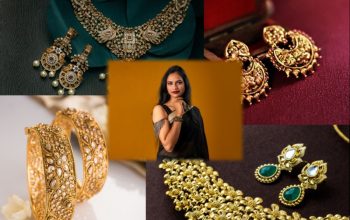The term ‘maid costume’ is no surprise if you are chronically online, especially since the pandemic era. However, it gained popularity due to being fetishized in the following years. The aesthetic turned many eyes of fashionistas, especially the French maid costumes, which led them to cosplay their favorite anime characters.
Today, this costume has taken the internet by storm as a form of fancy costume worn occasionally for fancy dress parties, themed parties, fantasy plays, etc. But what many do not know is the history behind French maid costumes, which have made their own place and even reached Hollywood cartoons and movies. Let us have a glimpse into the evolution of French maid costumes.
The origin
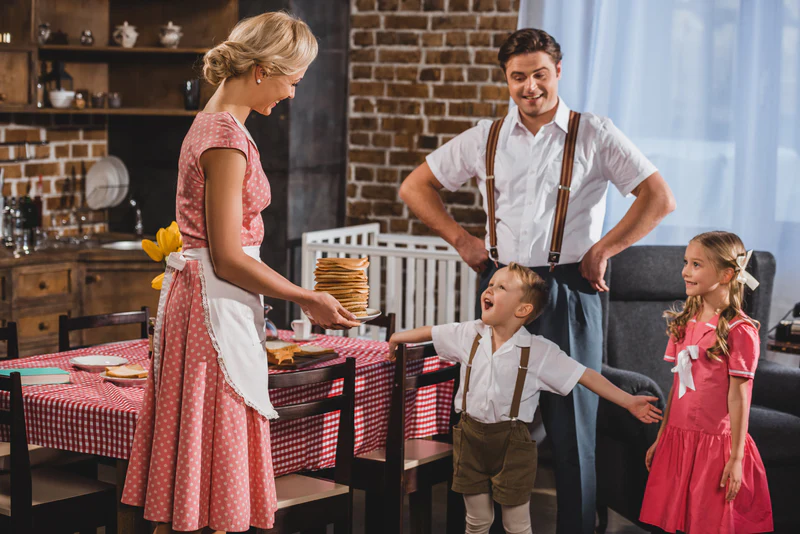
Dating back to the 19th century, this particular concept originated from home servants wearing this actual costume as their uniform, which included a black dress with a white apron and a lace headpiece to portray modesty and practicality as well as functionality as they were also supported with long skirts, high collars, and aprons to protect the clothing below.
They were known to be made from durable materials such as cotton or linen and were even accessorized with caps or bonnets.
Victorian Era
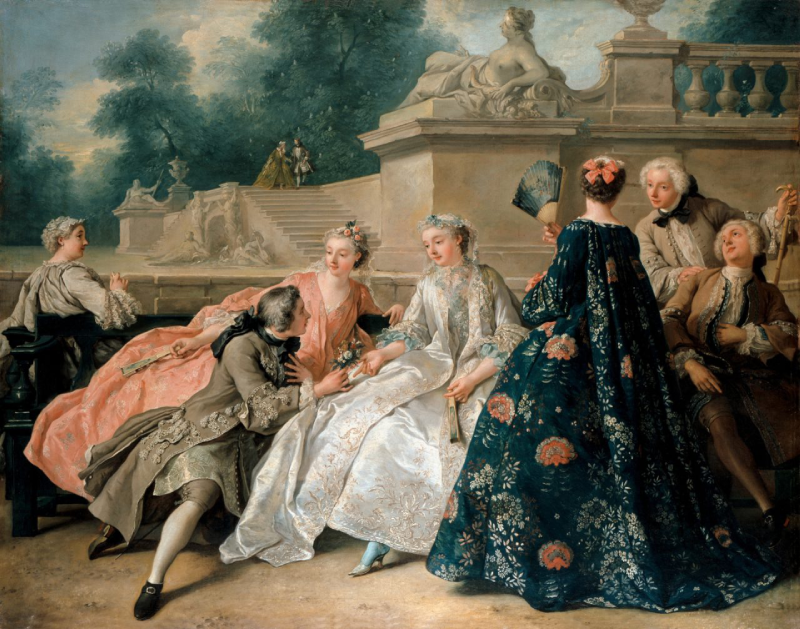
The Victorian influence was tangible as the maid’s uniform started accentuating a more aligned and modest appearance. The dresses became more detailed by adding high collars, long sleeves, and floor-length skirts. The addition of lace and frills around the apron and cuffs took the outfit to another level of refinement. This led to prioritizing emphasized decorum, and the uniforms mirrored the societal values of the time.
Fast forward to the 20th century

The early 20s saw the decline of housemaids, which reduced the sight of this attire, so the timeline suggested the French maid outfit take up a new role. Theatres and plays considered incorporating these characters’ costumes, prioritizing its more seductive elements.
Playwrights and authors sought to romanticize the maid’s role, often portraying them in more attention-seeking and coquettish attire. This adaptation mainly contributed to the maid’s lower social status and her being represented sexually, mainly as a ‘home breaker,’ creating a stigma around it in many cultures to be aware of the provocative image maintained by innocent housemaids overall.
This period saw the increased fame of the renowned miniskirts, high heels, and more bodycon designs. The transition from a practical uniform to a symbol of fantasy and allure was quite around the corner.
As the role of domestic service changed over time, so too did the maid outfit. During this era, more women contributed majorly to the working population, leading to the outfit becoming a symbol of female independence and self-sufficiency.
Late 90s
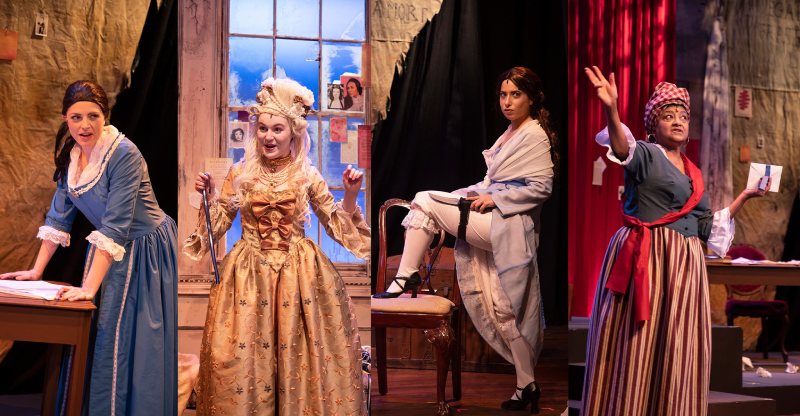
It is known that every type of pop culture associates the maid outfit with the growing sensationalism with all things French, particularly during the 1920s and 1930s.
However, instead of being considered respectable in the coming years, it took a strange turn as Hollywood entered the scene. The big world beyond reality played a significant role in fusing the French maid costume’s place in popular culture.
Films from the 1930s to the 1950s often had characters in French maid attire, usually in roles that had mockery in the form of comedy and flirtation. These depictions set a layer of glamour and aura to the costume while retaining its humorous and provocative elements. Iconic actresses like Marilyn Monroe and Marlene Dietrich donned these costumes, giving the look a rising fame to be further counted as one of the most desirable looks.
The mid-90s, especially the 1960s and 1970s, saw the maid outfit become a famous costume for sexual fetishism and fantasy plays, and the original credit goes to the French erotic literature, mainly the classic novel “The Story of O,” which displayed a female character in a submissive way, who wore a maid outfit.
Modern times
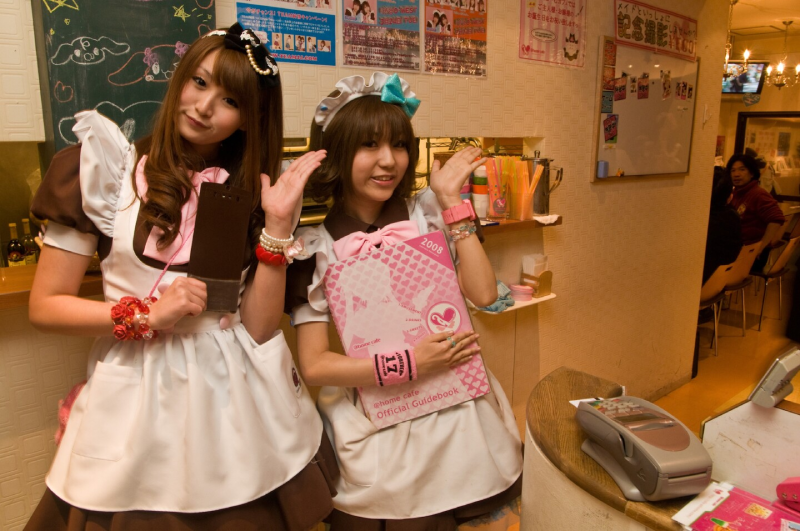
At present, French maid costumes have become a favorite for many. They continue to broadly represent how they evolve, mirroring the current fashion trends, styles, and cultural influences. They are worn by many for costume parties, cosplay events, and themed performances like acts, plays, or films.
What makes it stand out is the fact that designers experiment with different materials, like latex and leather, to curate fun and avant-garde with an element of edginess. The look’s main focus and appeal lies in its ability to balance past tradition with innovation, to retain its iconic status while continuing to adapt to modern tastes.
The Japanese influence
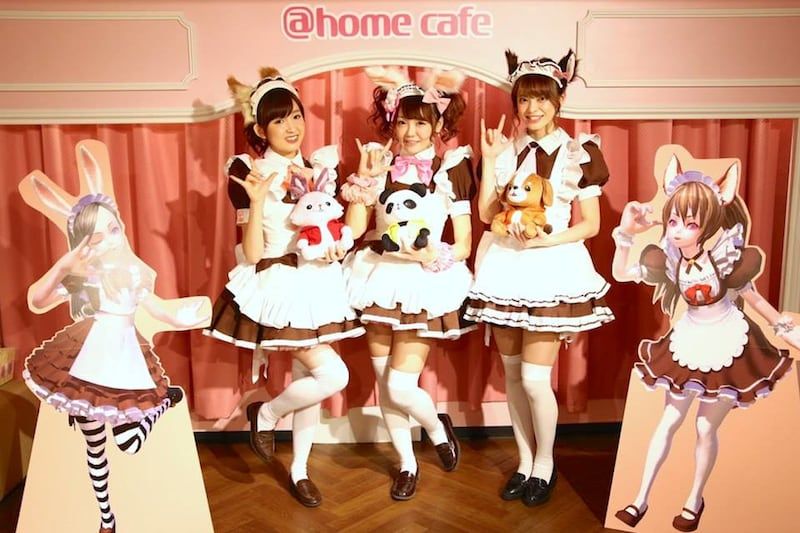
One prominent form of influence, especially in current times on the French maid costume, is Japanese pop culture, especially the introduction of “maid cafes.” These cafés involve creating a hypothetical experience where servers are head-to-toe in French maid outfits and serve customers with exaggerated politeness, while they have also customized the look a little to make them look quirky. This often features a more playful and cuter known as “kawaii” aesthetic, with miniskirts, colorful accessories, and a greater focus on donning the ‘teenage’ look, which again rings the wrong bell. This combination of Western and Eastern styles continues to expand the costume’s global appeal.
Symbolism and perception

While people dress up in these French maid outfits for their elegance and allure, it sure creates a mockery level of controversy. The sexualization of the costume, especially when worn by teenagers, the world, especially the men, leaves no chance to fetishize the scene. This proves how this costume reflects broader societal behavior towards women and their usual roles and how we are still normalizing this attitude. Society is always ready to criticize, but it is arguable that the costume perpetuates stereotypes and objectifies the wearer rather than the beholder, which reduces this Victorian-aged costume to a fantasy figure rather than just a human trying to wear mere clothes. However, there is that one percent that continues to view the costume in an empowering way and how it should encourage individuals to explore outside their comfort zone and express their sexuality in a playful but sophisticated manner.
Conclusion
The French maid costume’s evolution and complete transition embarked on quite a journey through decades of culture and fashion. From its early beginnings as a practical uniform for domestic workers to it becoming a symbol of status to represent aura and, later, fantasy, the costume stayed true to adapt through the times, which continued to mirror the ever-changing societal norms and cultural trends. Today, the French maid costume continues to retain its appeal and inspire, whether in terms of fashion, entertainment, or even personal expression.




